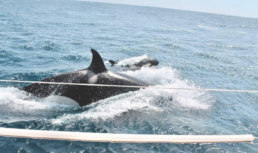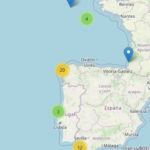mooring balls
Let's address the dangers of mooring balls

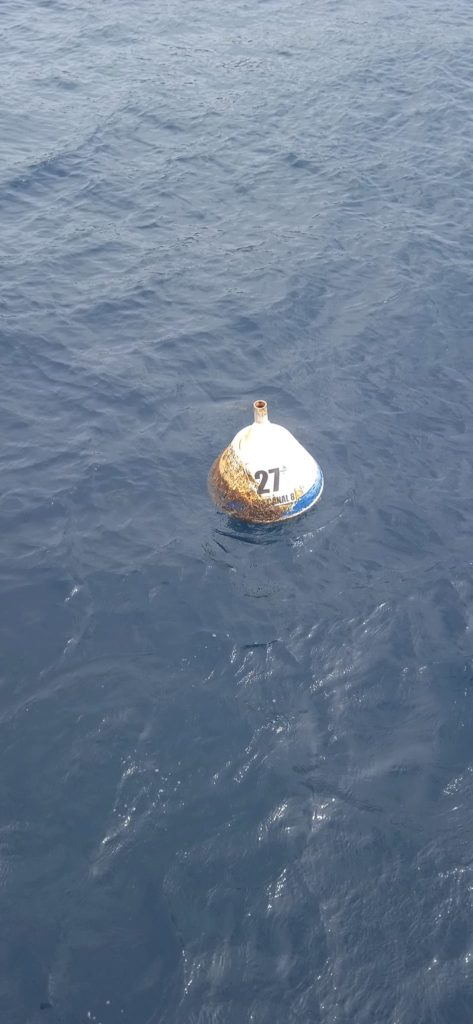
There are several types of moorings but as you can see their maintenance status can vary.
1) Government Agency mandated moorings
these can be maintained by the government agency - state or municipality - or outsourced to a vendor so in countries where moorings are a mandate to use in a particular anchorage due to conservation or environment or safety concerns you may be forced to use them- the question is what happens if it breaks ?
Ideally cities and port districts also have established mooring maintenance requirements. The schedule to lift, inspect and (possibly) repair moorings vary from harbor to harbor, with many requiring renewal annually or every other year.

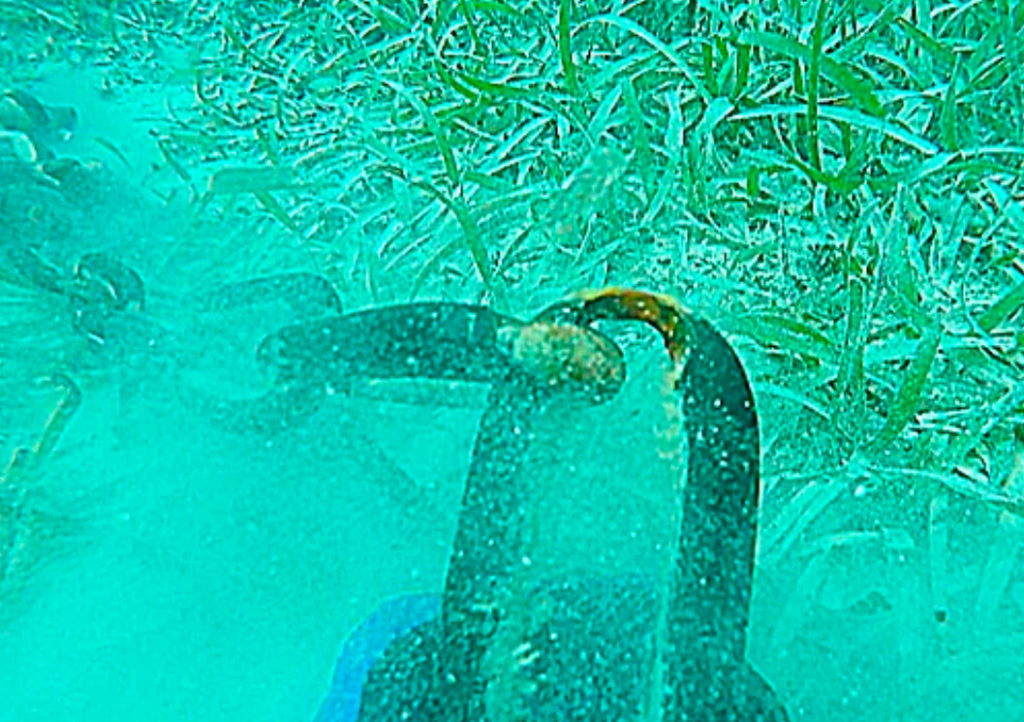 2) Private moorings or mooring fields
2) Private moorings or mooring fields
run maintained or operated by a marina or commercial entity -
Most likely they are not the same and the breaking strength will vary based on thickness weight and overall maintenance - the question is what happens if it breaks ? Who pays / what it is warranted for and since you are paying who actually warrants it ?
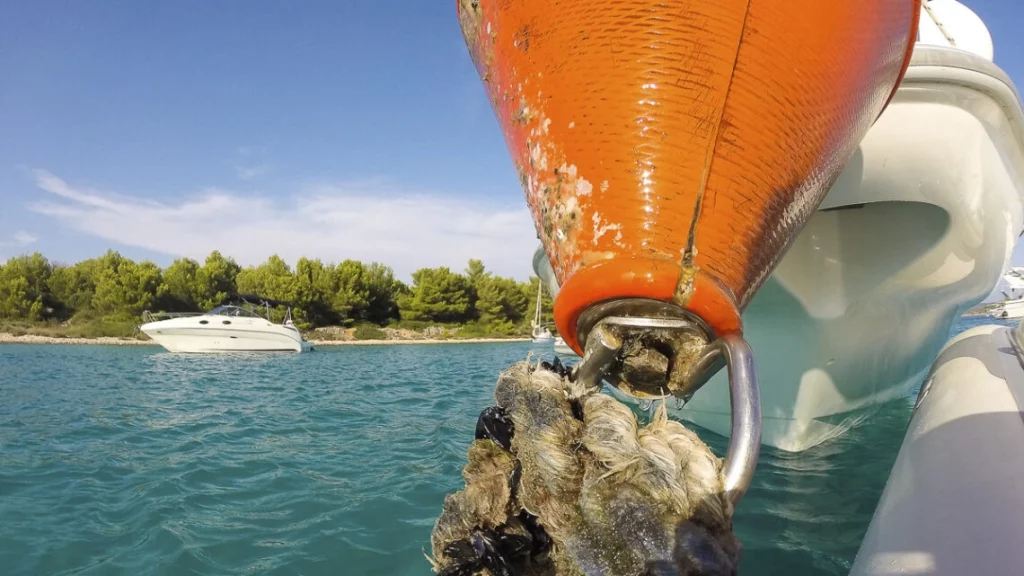 3) Individual locals moorings - small dive shop operators - fisherman - local guys who are not necessarily ensured - endorsed by the government agency to have them and are selling them to you anyhow - the question is what happens if it breaks ?
3) Individual locals moorings - small dive shop operators - fisherman - local guys who are not necessarily ensured - endorsed by the government agency to have them and are selling them to you anyhow - the question is what happens if it breaks ?
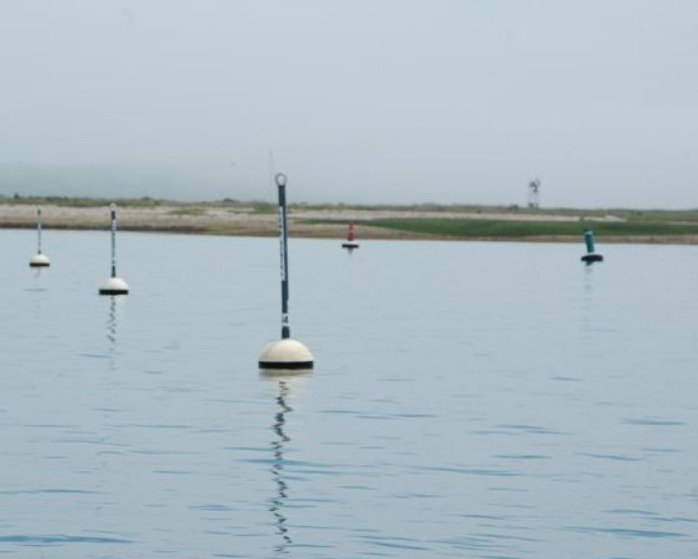
Material Fatigue

4) or bring your own mooring -
think YOUR ANCHOR - you set it you know it you add scope you sleep well
CALIMA
African winds from SW – SE
A Calima wind, which brings sand from the Sahara Desert is unpredictable so it can happen any time of the year, but it usually appears in the winter season between December and March.. It can last from 3 to 5 days or even up to a week and it is very dense, causing low visibility and extreme amounts of dust entering everywhere.
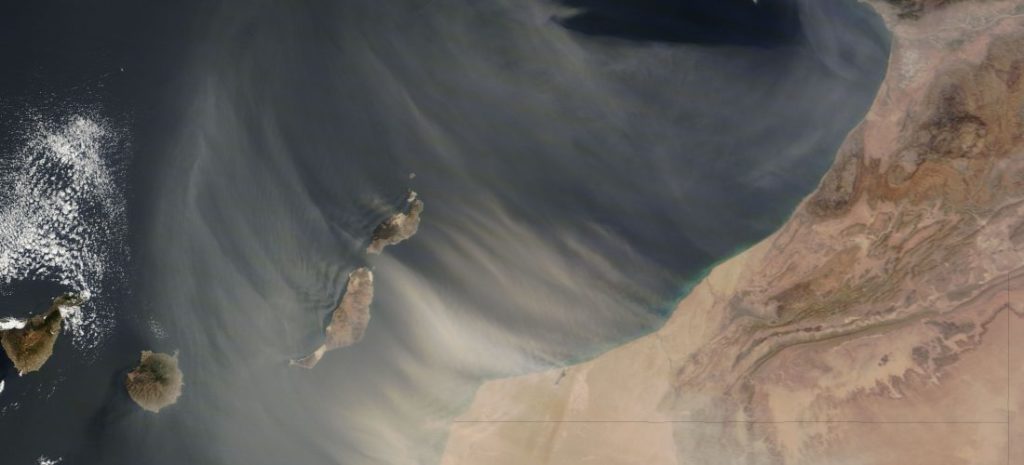
The word Calima itself originates from the Spanish word for “haze”. This haze is a layer of dust and sand brought on high winds originating from Africa. On occasion weather fronts in the south-west of the Canary Islands can increase wind-speeds even more. In these cases the Calima will escalate bringing very high temperatures with it, and is able to carry dust high above the Atlantic covering hundreds of thousands of square miles with a dense cloud of Saharan sand, sometimes reaching the Caribbean.
DETAILS from 2020 Yacht Maya >>
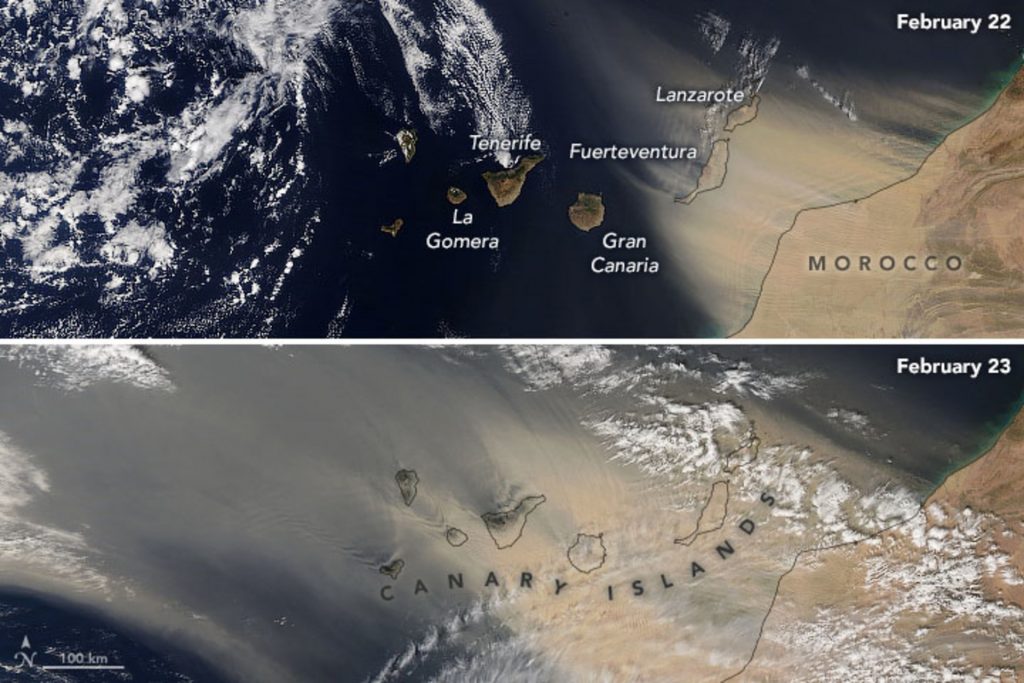
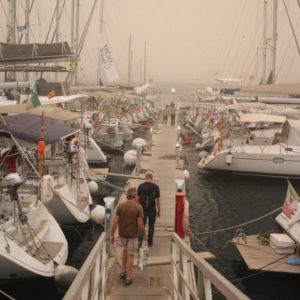
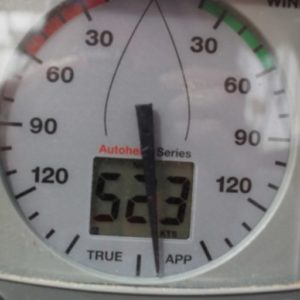

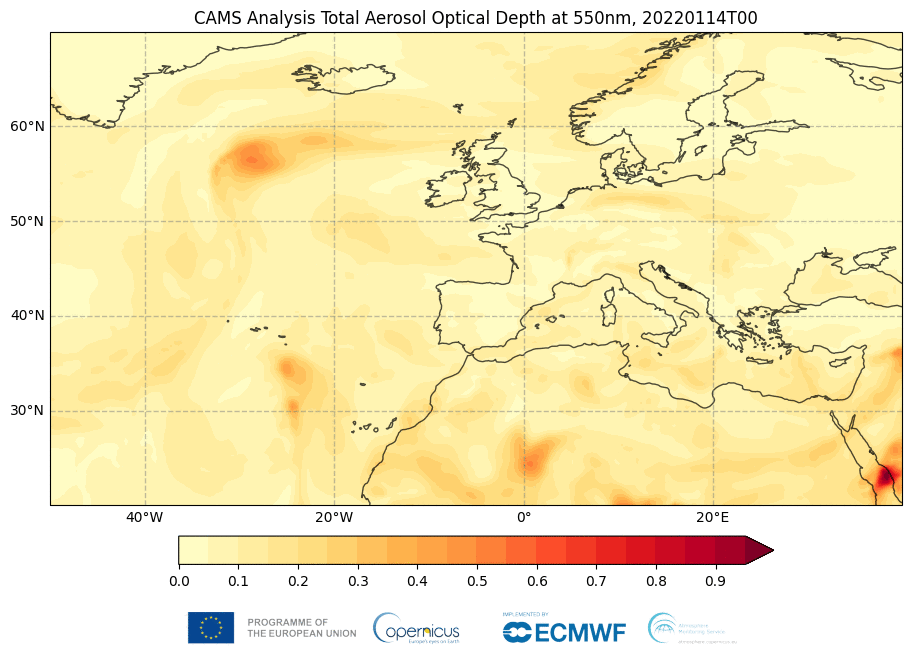
One measure of air pollution is the amount of coarse particulate matter – or PM10 – in the air close to the Earth’s surface, another is aerosol optical depth (AOD) which is a measure of how much direct sunlight is blocked by dust and haze in the atmosphere. CAMS has been tracking both and, as confirmed by Aeronet observations, the CAMS forecasts of total AOD represented the event very well, including the longer-range transport.
In the Canary Islands, air quality was severely degraded for several days as a result of the dust storms, with high measured PM10 values.

ORCAS
CHECK THE ORCA ENCOUNTER MAP
https://www.theca.org.uk/orcas/reports
SUMMARY: DROPS SAILS – TURN ENGINE ON – GO IN REVERSE
I wish you all the best and that you never experience anything like this.
POSTED BY
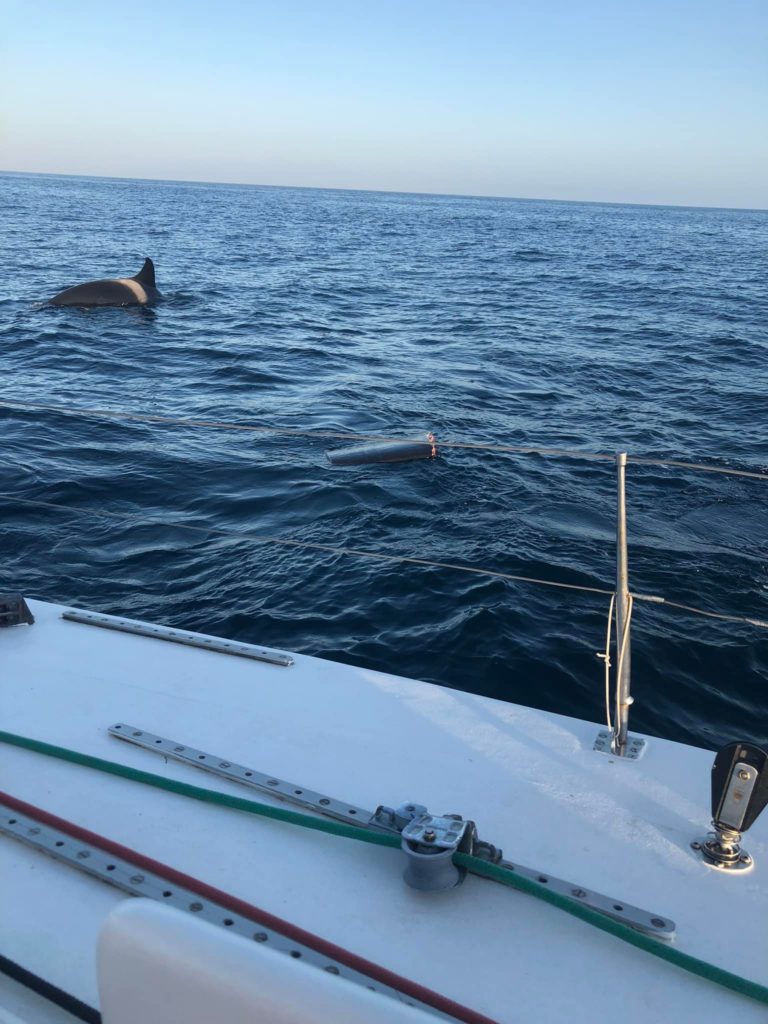
Recommendations for boaters if killer whales interact with the boat
If you are sailing and you come across orcas or other cetaceans and the orcas interact with the boat, the skipper/captain of the boat will adopt, whenever possible and do not create a greater danger, the following measures:
orcas sea
Prevent people on board from getting close to the bands, trying to place them in places that provide the greatest possible protection against sudden movements that could cause injuries or a fall into the sea, and against blows caused by the sudden movement of moving parts. .
In the event of an interaction, it is always preferable to navigate by motor than by sail and avoiding stopping the boat. You will navigate according to the characteristics of the boat itself and always keeping in mind the safety margins and the wind and sea conditions, towards shallower waters, until the killer whales lose interest.
In those cases of boats sailing under sail, it must also be borne in mind that the integrity of the daggerboard could be affected, and this could influence the stability of the boat, so it is recommended to lower the sails and navigate by motor.
It is recommended, always within the safety limits and characteristics of each boat, to sail as close as possible to the coast, where there is less probability of encountering groups of orcas, especially in the vicinity of the Barbate cove.
Any ship or boat that observes the presence of killer whales or other cetaceans, whether or not they give rise to episodes of interaction, will maximize compliance with the provisions of Royal Decree 1727/2007, of December 21, which establishes protection measures. of cetaceans, especially those aimed at avoiding behaviors that may cause death, harm, discomfort or concern to cetaceans and, in general, any of the behaviors indicated in articles 4 and 5 of the aforementioned Royal Decree.
Observe, and if possible, take photographic records of the orca specimens involved in the event. Observation activities will be carried out without disregarding precaution and compliance with the obligations of good marine practice, without prejudice to the exercise of any necessary decision for the safety of navigation and only when possible and safe, without expose the ship or vessel, the people on board or the cetaceans to greater risks.
Take into account any other new instructions or recommendations that may be disseminated to sailors.
The obligation that every captain/skipper has to report those events likely to be a danger to navigation is recalled, and, therefore, interactions with orcas must be reported through the corresponding Maritime Rescue Coordination Center.
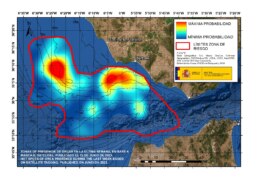
SCHEDULE
WE DO NOT SAIL ON A SCHEDULE – WE NEVER HAVE and WE NEVER WILL, NEVER
SCHEDULES KILL SAILORS & SINK VESSELS AND ARE KNOWN AS THE MOST DANGEROUS ITEM ON A YACHT
WE SAIL WHEN THE WEATHER IS GOOD AND WE CROSS WHEN THERE IS A GOOD WEATHER WINDOW
The best time to cross the Atlantic to the Caribbean is between November and February. The Mid-Atlantic tradewinds – Easterly winds that travel continuously from east to west – are stable and (usually) unaffected by hurricanes at this time of year.



